Sex, wit and cigars: five contemporary artists on Marcel Duchamp
After 60 years out of print, the seminal 1959 monograph Marcel Duchamp is back in circulation courtesy of Hauser & Wirth Publishers. To mark the occasion, we asked five contemporary artists – Ed Ruscha, Gillian Wearing, Larry Bell, Monica Bonvicini and Mika Rottenberg – what Duchamp means to them
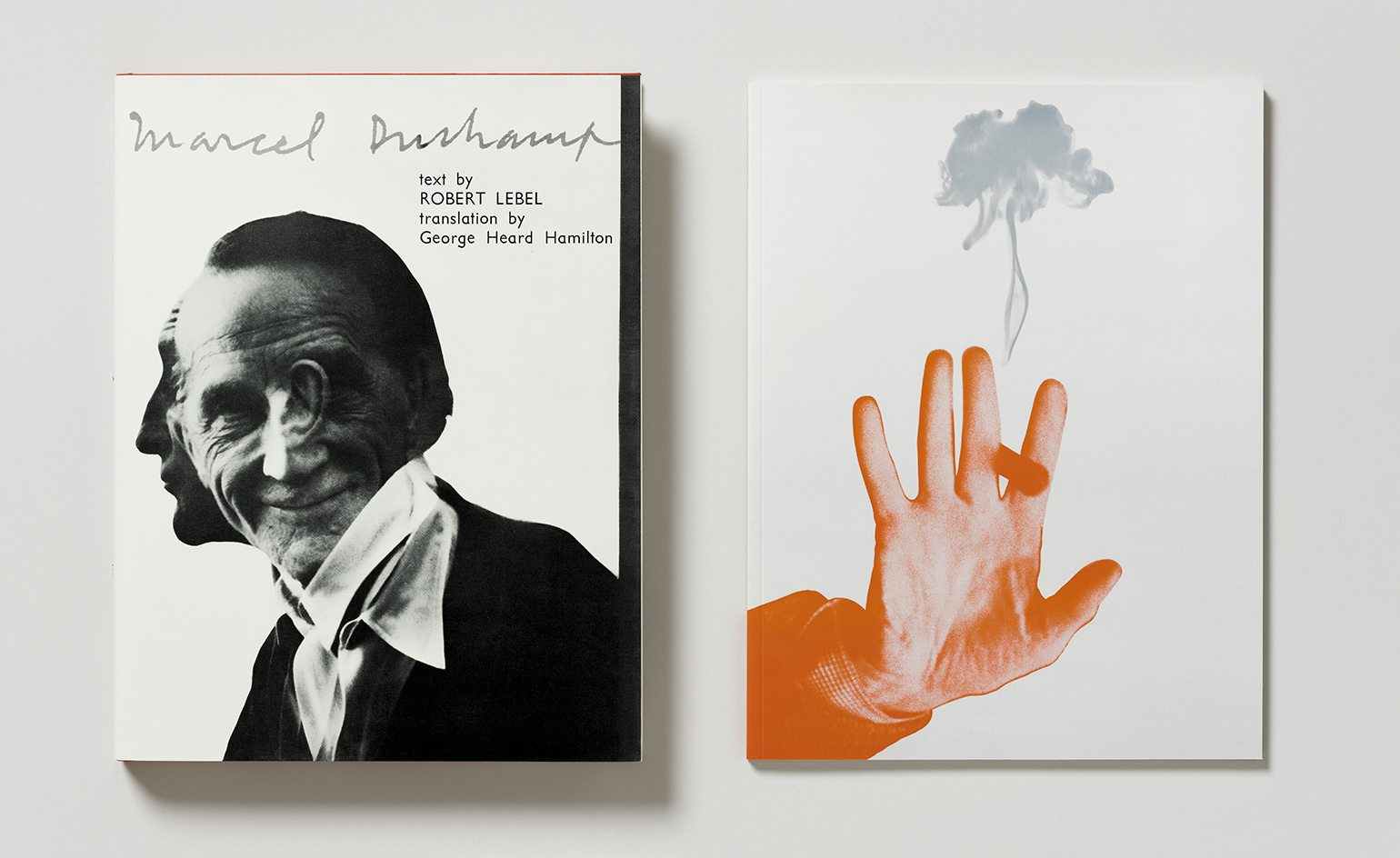
Marcel Duchamp means different things to different people. To some, he fathered the readymade, to others, he turned the role of the artist on its head. To Willem de Kooning in 1951, he was a ‘one-man movement’.
Published in 1959, the book Marcel Duchamp soon became the bible of the artist’s work. It was the result of years of Duchamp’s collaboration with its author, art historian and critic Robert Lebel, and offered a comprehensive and penetrating study of the artist: from his early painting, subsequent farewell to painting, and invention of the readymade to his fixation on the fetish, a subject explored in a show at Thaddaeus Ropac. Witty, sensual, absurd, ‘Please Touch’ (curated by Paul B. Franklin and now on view at the gallery’s Paris Marais space) emphasises how, through Duchamp’s lens, and with the right, or wrong, state of mind, almost any conceivable object could be a fetish.
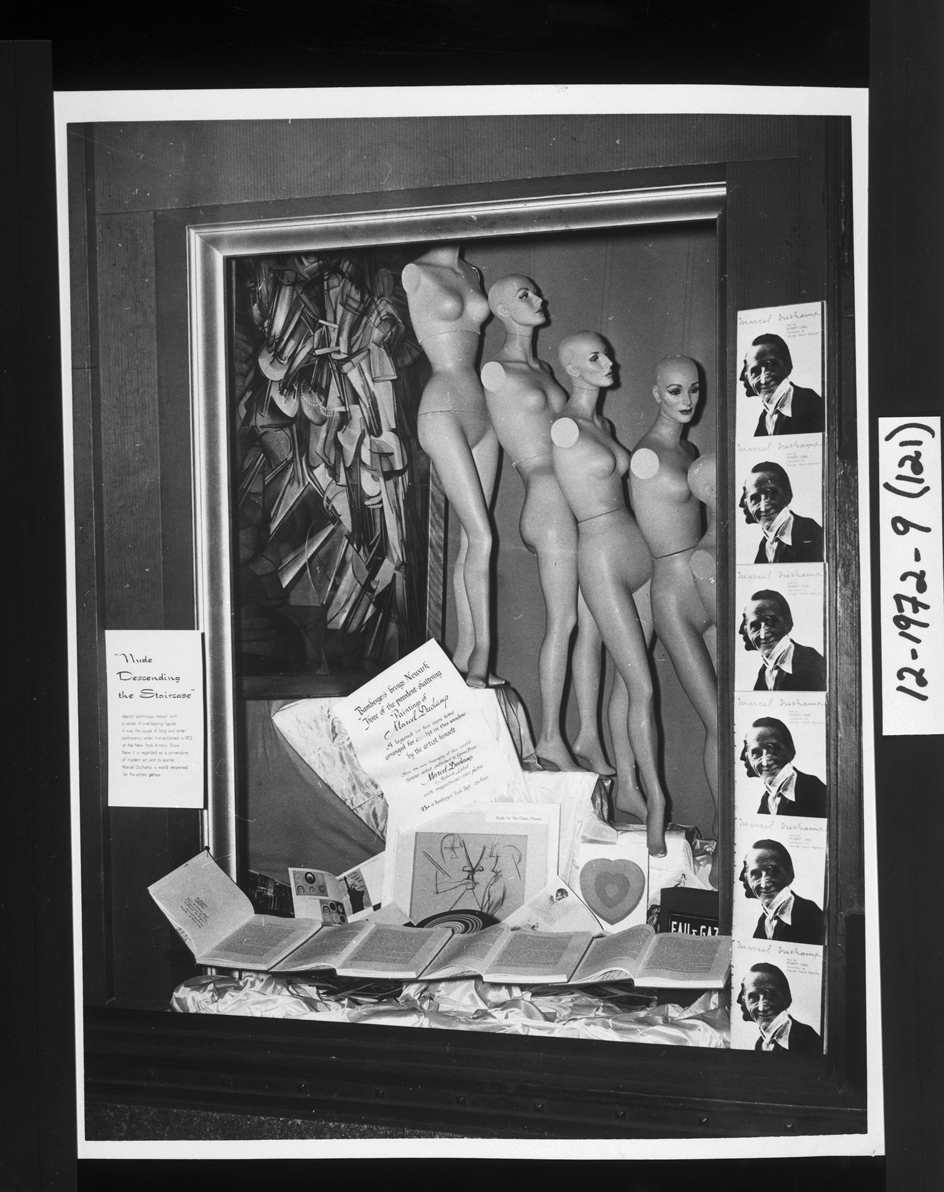
Window display designed by Duchamp to publicise the original book, L. Bamberger and Co., Market and Washington Streets, Newark, New Jersey, January 29 – February 1, 1959. Photography: Handy-Boesser Photographers. Philadelphia Museum of Art Archives, Alexina and Marcel Duchamp Papers, series XII, subseries A, box 32, folder 3
Marcel Duchamp went out of print for 60 years, but the Grove Press English edition is now back in circulation with Hauser & Wirth Publishers’ authorised facsimile of Duchamp’s first monograph and catalogue raisonné, brought back to life with Jean-Jacques Lebel (Robert Lebel’s son) and Association Marcel Duchamp. To this day, the book’s texts, which include chapters written by Duchamp, HP Roché, and André Breton, remain uncannily contemporary, as does Duchamp’s own book design.
Marcel Duchamp in the words of five leading contemporary artists
To mark the occasion, we gathered the thoughts of five contemporary artists who have directly, or indirectly, cited Marcel Duchamp in their work. From an appreciation of the artist’s non-exclusive relationships with media to a first-hand anecdote about the way he held his cigar, this is what they had to say:
Ed Ruscha
‘When Duchamp came along in the early part of the last century, he hit upon things that were profound and sublime. It was as though he had discovered or invented a completely new musical instrument.’
Gillian Wearing
‘Duchamp made me realise you do not have to be faithful to any one medium, you can embrace them all. More radically, you didn't have to make work with traditional mediums, art could be made from anything or could have been made already (found objects), then recontextualised. More personally, his shapeshifting photographs had an impact on me; one where he appeared as a much older version of himself via a trick of a light bulb, and others where he became his alter ego, Rrose Sélavy. The latter inspired me to become both Duchamp and Duchamp as a woman in my photographic work Me and Madame and Monsieur Duchamp, which added further layers to his disguise.’
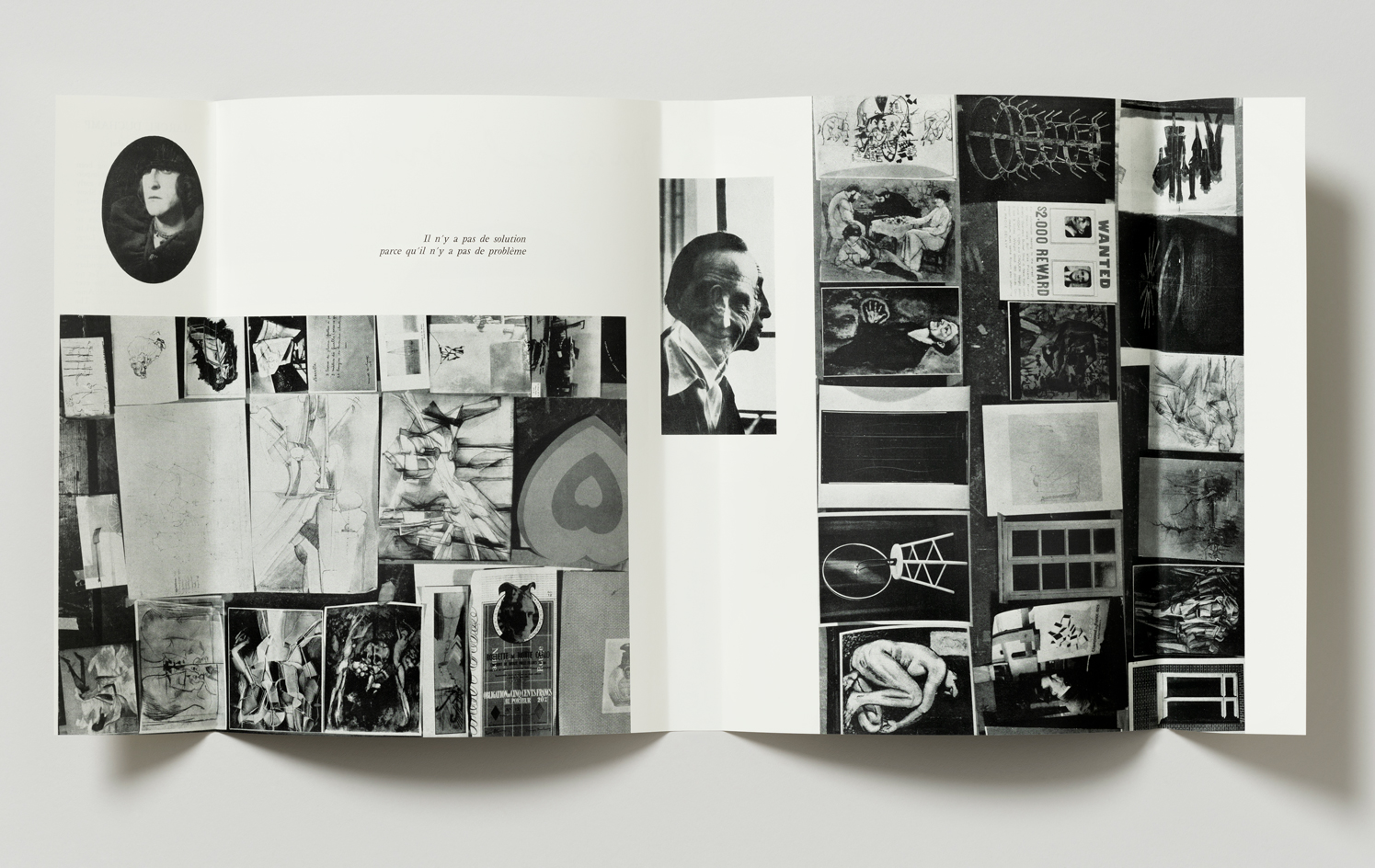
Spread from Hauser & Wirth Publishers’ 2021 facsimile of Marcel Duchamp, the artist’s 1959 monograph. Artwork by Marcel Duchamp © Association Marcel Duchamp / ProLitteris, Zurich, 2021.
Larry Bell
‘My memories of Duchamp are brief. He came to my studio in 1962 with English artist Richard Hamilton and American surrealist William Copley. They had come to Los Angeles to look at where Marcel was going to have his first retrospective [the Pasadena Museum of Art]. The museum director was Walter Hopps, who was previously my dealer.
Receive our daily digest of inspiration, escapism and design stories from around the world direct to your inbox.
‘These three guys descended on my studio and gently knocked on the door. I wasn’t expecting anyone to come, and none of my friends would ever come to the front door, so these were unknown intruders. I had a little peephole at the front and I saw these guys dressed in neckties and suits. I was positive they were city inspectors. During that time, there was a lot of pressure on people who lived in storefronts; it wasn’t legal. This was my studio, but I lived there also.
‘They knocked for about 20 minutes. I finally opened the door and before I could say hello, one of the guys said “Walter Hopps sent us”, so I let them in. At that point, I had very bad hearing, and I didn't hear the names, apart from Copley who introduced me to the group. I thought they might be collectors, and showed them around. One of them had an English accent. The older guy didn't say much, but he smoked a cigar. I smoked cigars too, but I’d never seen anyone hold a cigar between his little finger and ring finger before. The English guy was explaining to the older fella what I was doing, and it was not correct, so I tried to correct the older guy’s understanding. Then Copley said something like, “Marcel, didn’t you do something like this a long time ago?” When he said Marcel, I realised who the older guy was, and I fucking freaked. I couldn’t talk anymore. I was totally catatonic and threw myself against the wall. All of a sudden the atmosphere had changed. They thanked me for letting them come, and they left. On your question about influence, I tried to hold the cigar as Duchamp did, but it didn’t work for me.’
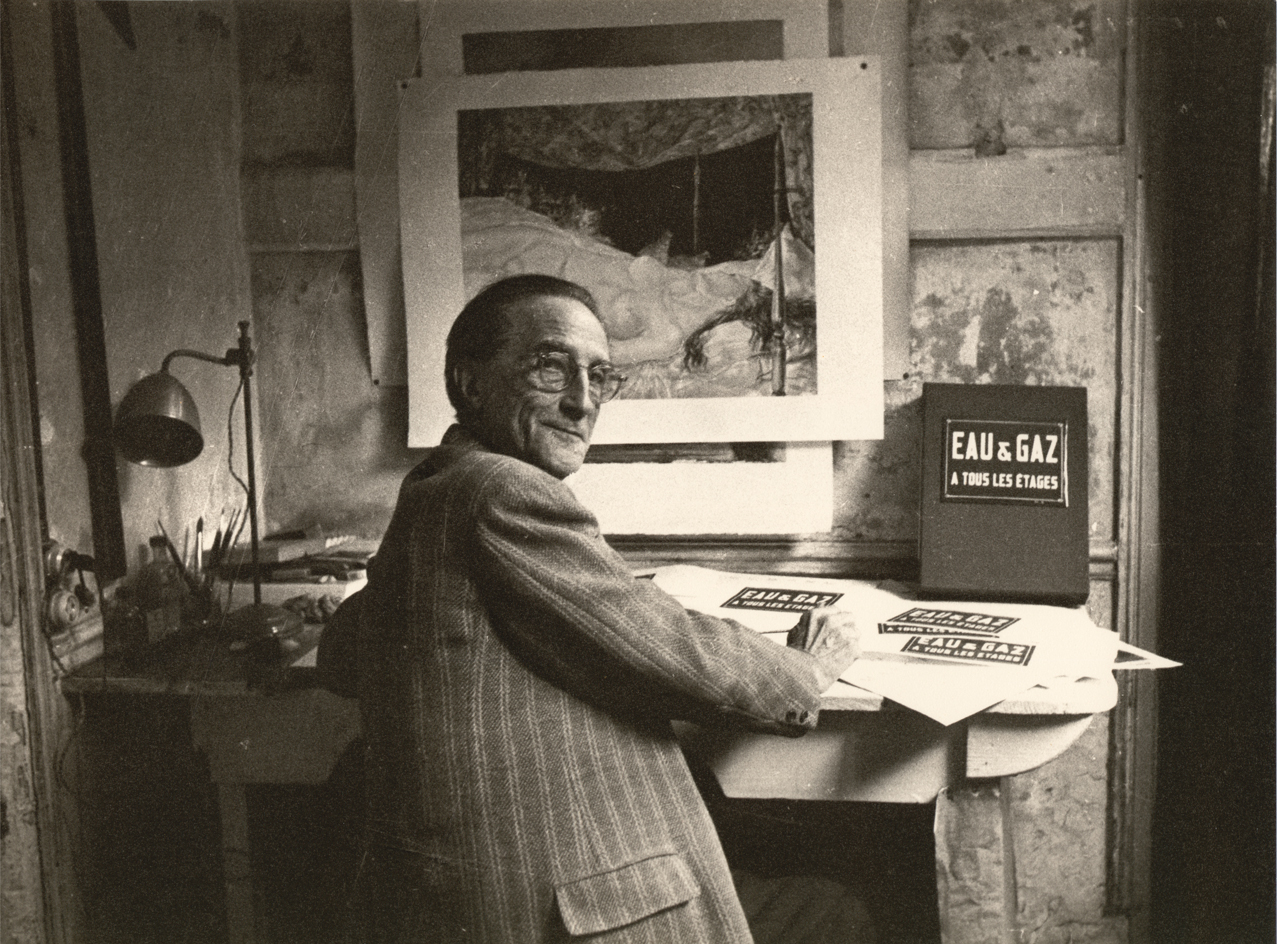
Duchamp signing the labels EAU & GAZ À TOUS LES ÉTAGES for the deluxe edition of Sur Marcel Duchamp (the title of the orginal French version of the book) at the Trianon Press offices, Paris, 23 September 1958. Photography: Richard Lusby. Courtesy Marcel Duchamp Archives, Paris
Monica Bonvicini
‘Duchamp's use of unusual materials, as well as his choice of productions, is such a fetish, expressing a male desire typical for someone coming from his background. His desire to escape classification of any sort made his own art and his own persona ungraspable, turning himself into fetish subjects. I always found his dealing with erotica and sex not only beautiful but funny and irreverent as no male artist of his generation did.’
Mika Rottenberg
‘[Duchamp is] a huge influence [in] his seriously playful approach to art as a game of logic constructs and values. [Also] his titles, and the way he made viewers complete and participate in the work with no pretence.’
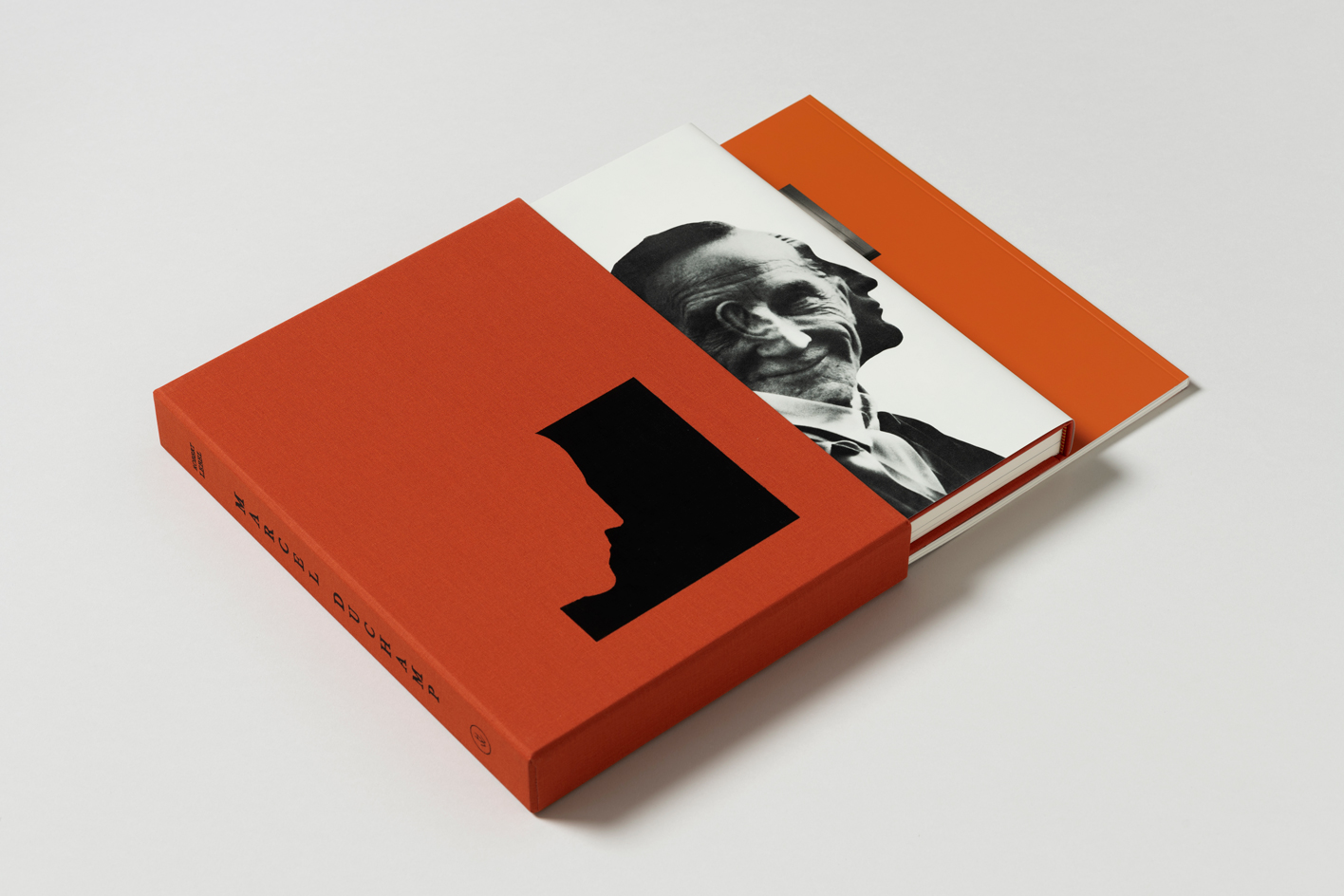
The book with slipcase. Artwork by Marcel Duchamp © Association Marcel Duchamp / ProLitteris, Zurich, 2021.
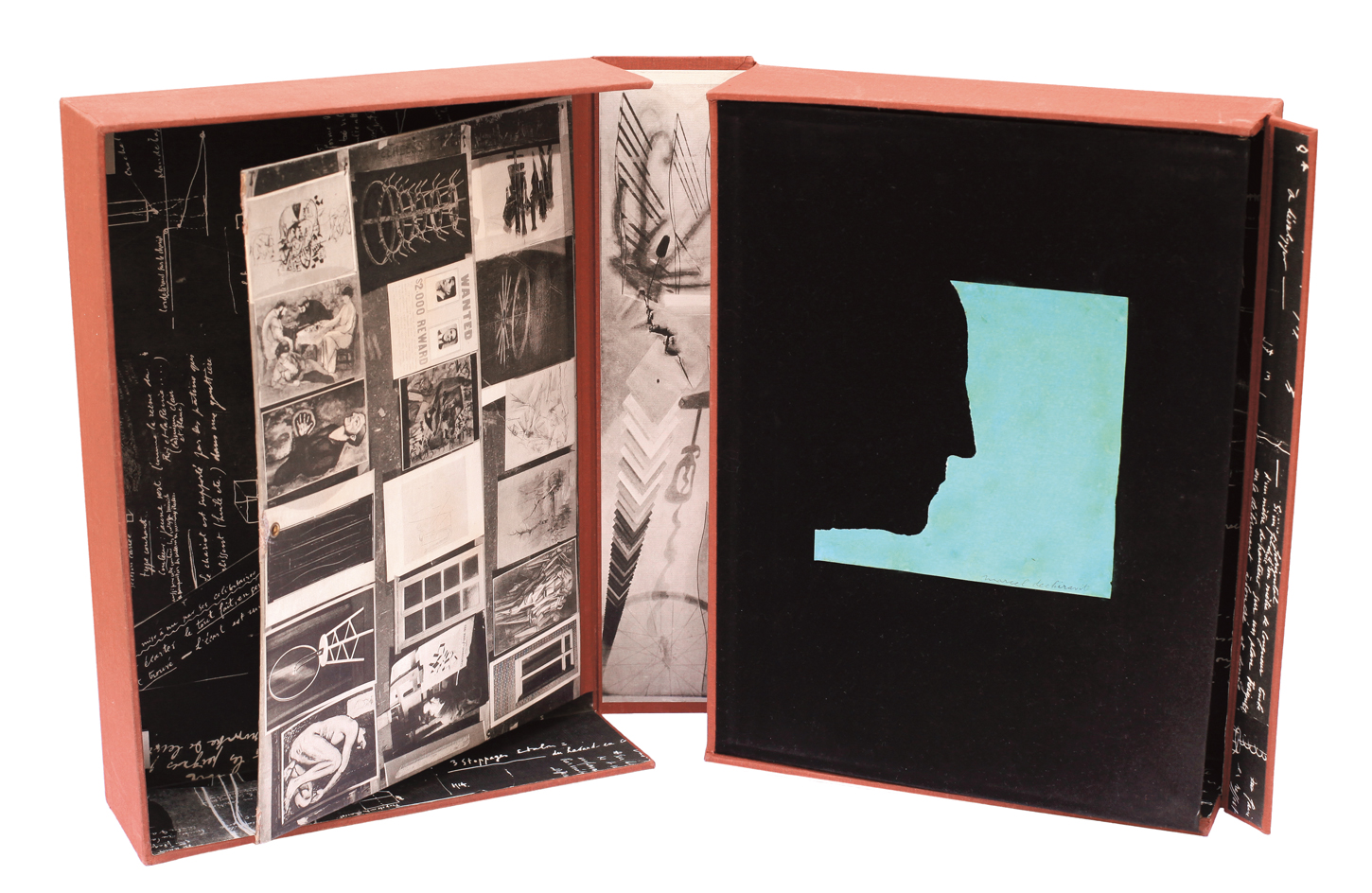
A 1959 deluxe edition, press copy. Galerie 1900 – 2000 Artwork by Marcel Duchamp © Association Marcel Duchamp / ProLitteris, Zurich, 2021.
INFORMATION
Marcel Duchamp, £100, Hauser & Wirth Publishers. shop.hauserwirth.com
‘Please Touch: Marcel Duchamp and the Fetish', until 29 January 2022, Thaddaeus Ropac, Paris Marais. ropac.net
Harriet Lloyd-Smith was the Arts Editor of Wallpaper*, responsible for the art pages across digital and print, including profiles, exhibition reviews, and contemporary art collaborations. She started at Wallpaper* in 2017 and has written for leading contemporary art publications, auction houses and arts charities, and lectured on review writing and art journalism. When she’s not writing about art, she’s making her own.
-
 A compact Scottish home is a 'sunny place,' nestled into its thriving orchard setting
A compact Scottish home is a 'sunny place,' nestled into its thriving orchard settingGrianan (Gaelic for 'sunny place') is a single-storey Scottish home by Cameron Webster Architects set in rural Stirlingshire
-
 7 colours that will define 2026, from rich gold to glacier blue
7 colours that will define 2026, from rich gold to glacier blueThese moody hues, versatile neutrals and vivid shades will shape the new year, according to trend forecasters
-
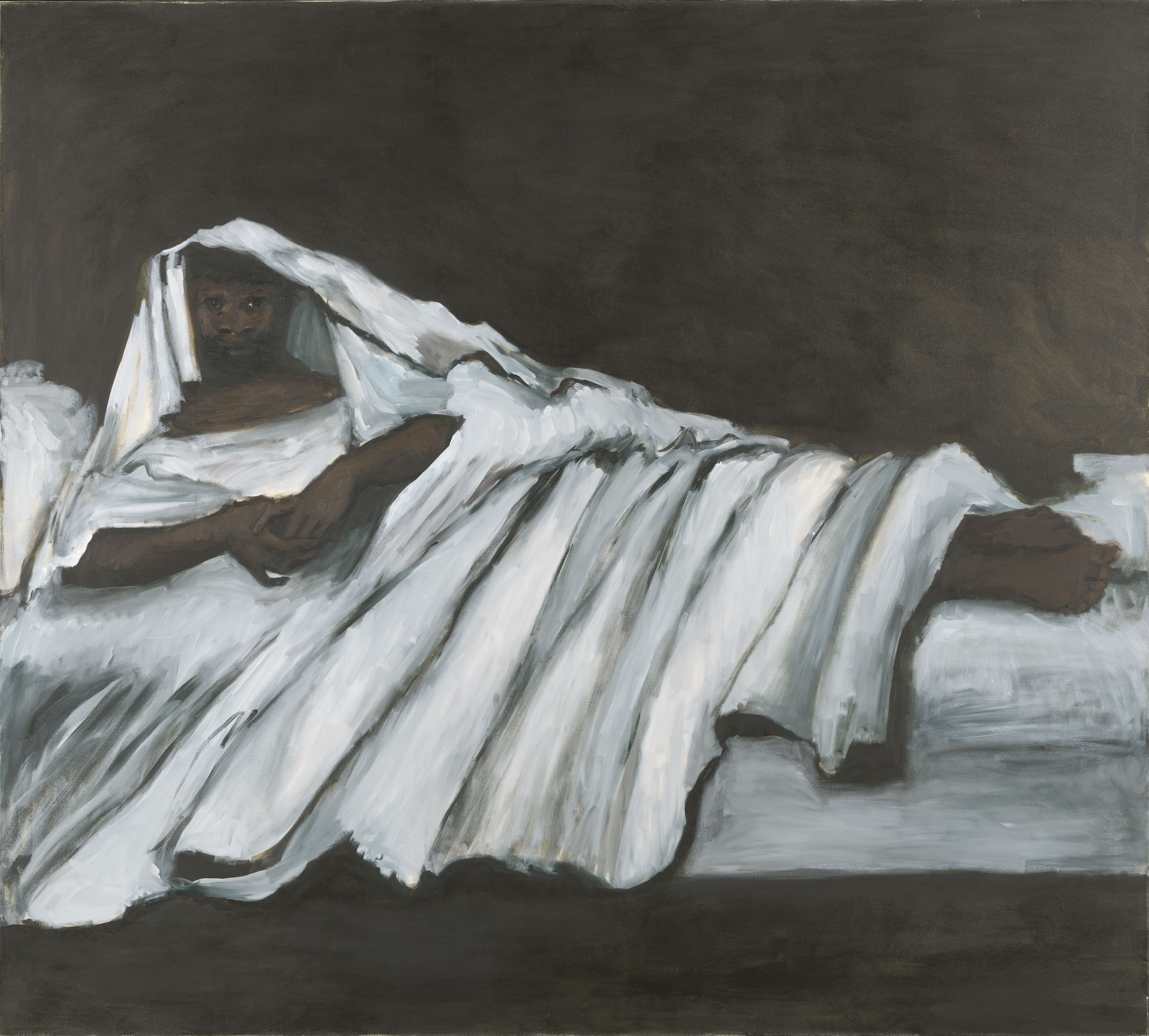 In Norway, discover 1000 years of Queer expression in Islamic Art
In Norway, discover 1000 years of Queer expression in Islamic Art'Deviant Ornaments' at the National Museum of Norway examines the far-reaching history of Queer art
-
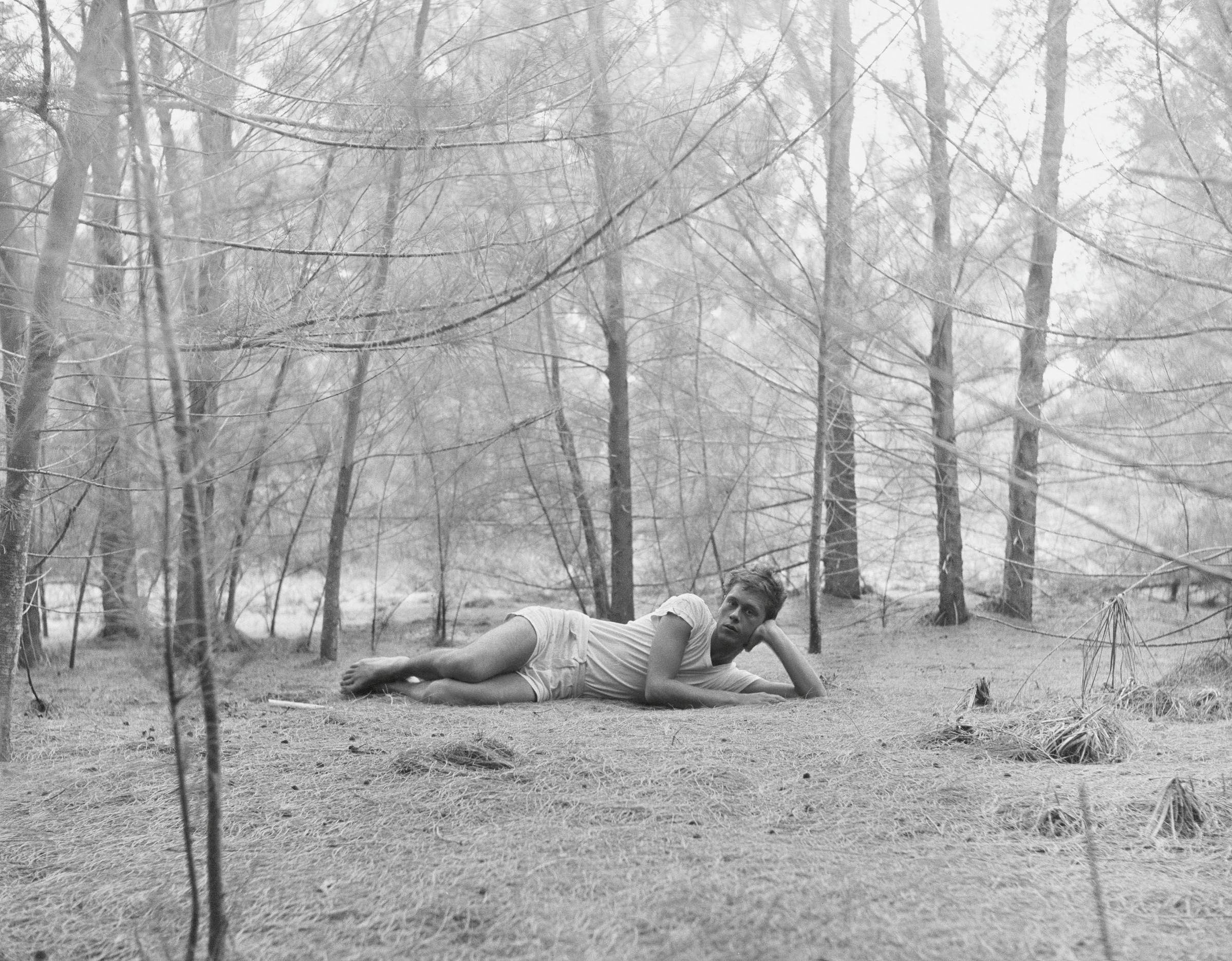 Inside the seductive and mischievous relationship between Paul Thek and Peter Hujar
Inside the seductive and mischievous relationship between Paul Thek and Peter HujarUntil now, little has been known about the deep friendship between artist Thek and photographer Hujar, something set to change with the release of their previously unpublished letters and photographs
-
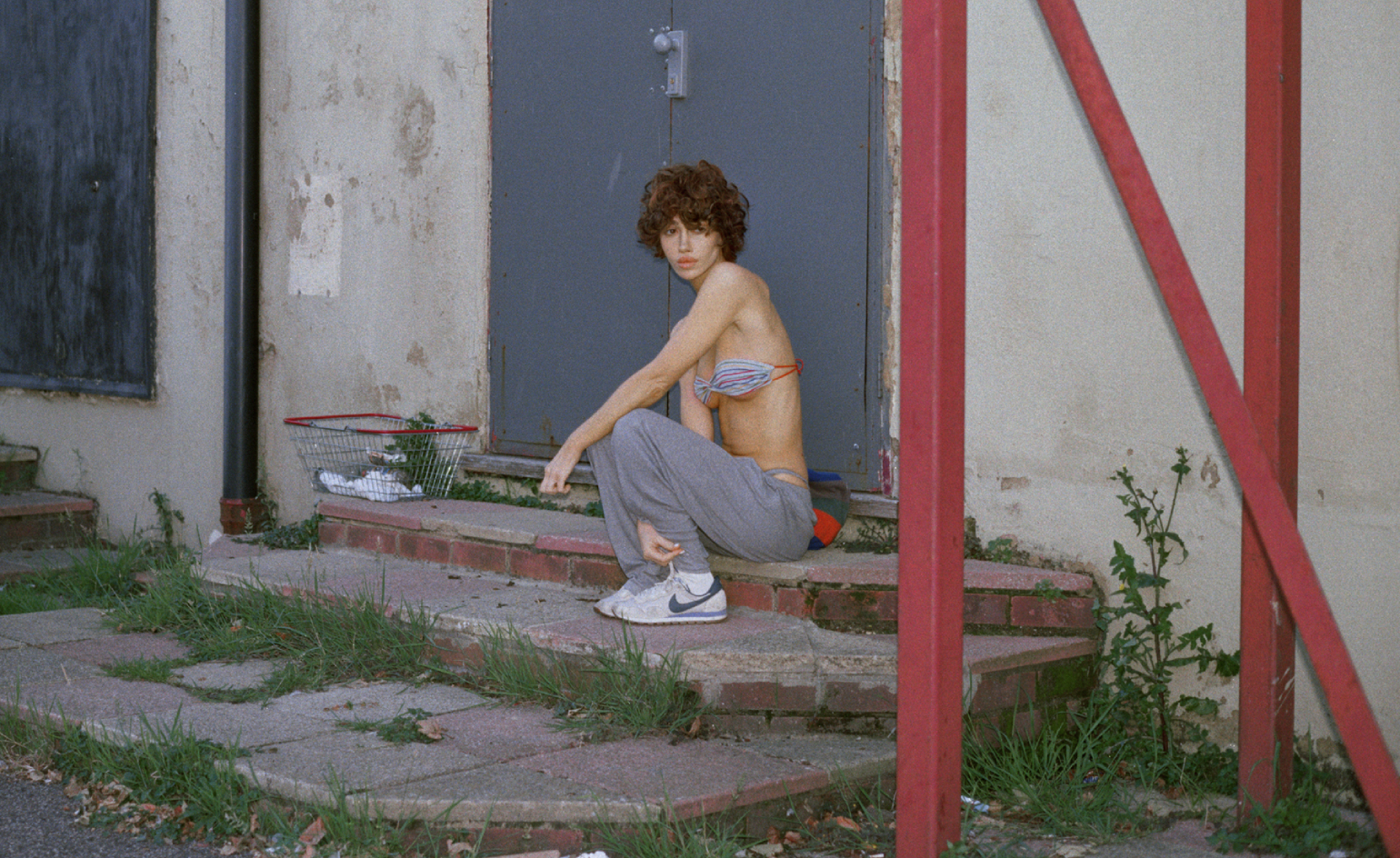 Nadia Lee Cohen distils a distant American memory into an unflinching new photo book
Nadia Lee Cohen distils a distant American memory into an unflinching new photo book‘Holy Ohio’ documents the British photographer and filmmaker’s personal journey as she reconnects with distant family and her earliest American memories
-
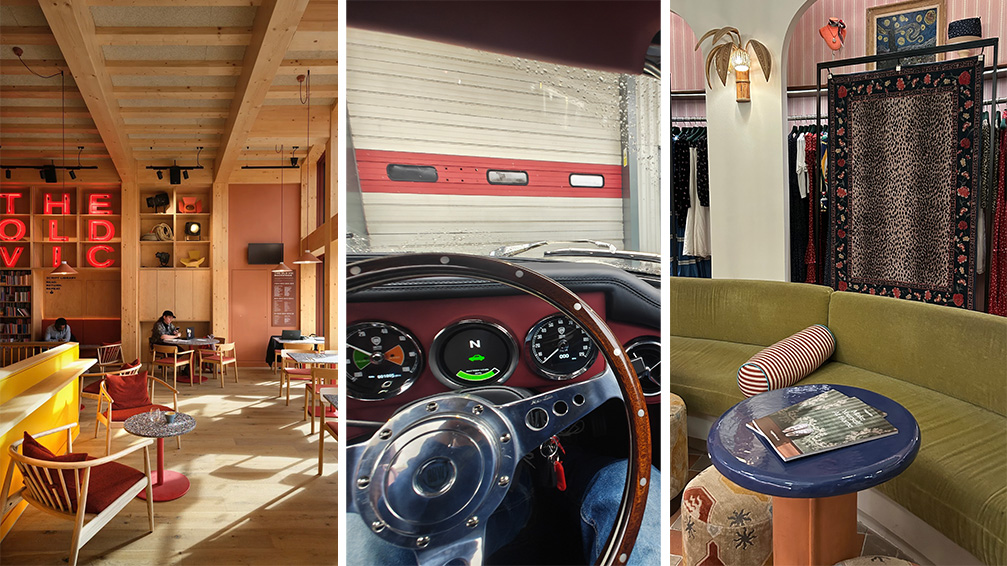 Out of office: The Wallpaper* editors’ picks of the week
Out of office: The Wallpaper* editors’ picks of the weekThe rain is falling, the nights are closing in, and it’s still a bit too early to get excited for Christmas, but this week, the Wallpaper* team brought warmth to the gloom with cosy interiors, good books, and a Hebridean dram
-
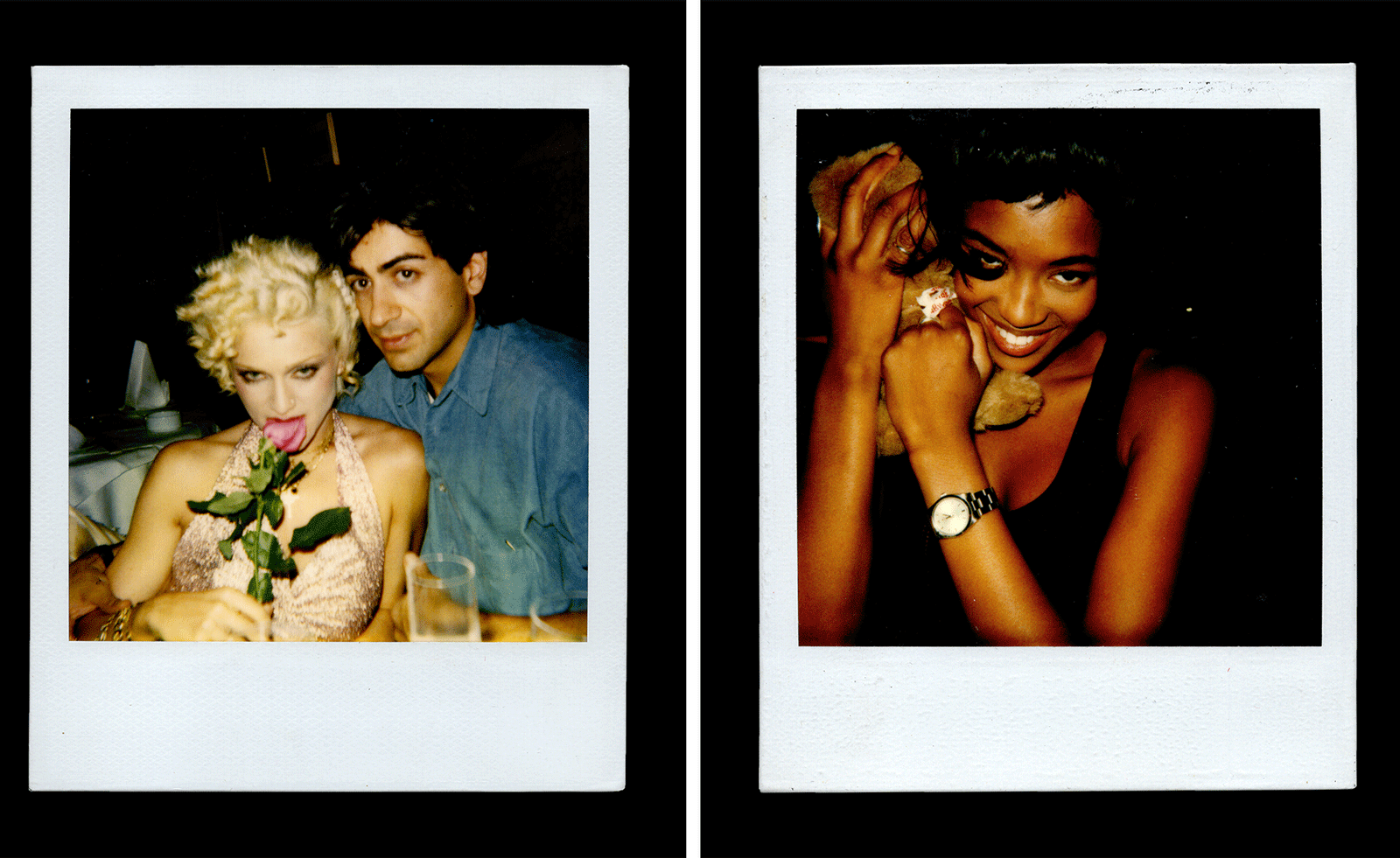 Inside Davé, Polaroids from a little-known Paris hotspot where the A-list played
Inside Davé, Polaroids from a little-known Paris hotspot where the A-list playedChinese restaurant Davé drew in A-list celebrities for three decades. What happened behind closed doors? A new book of Polaroids looks back
-
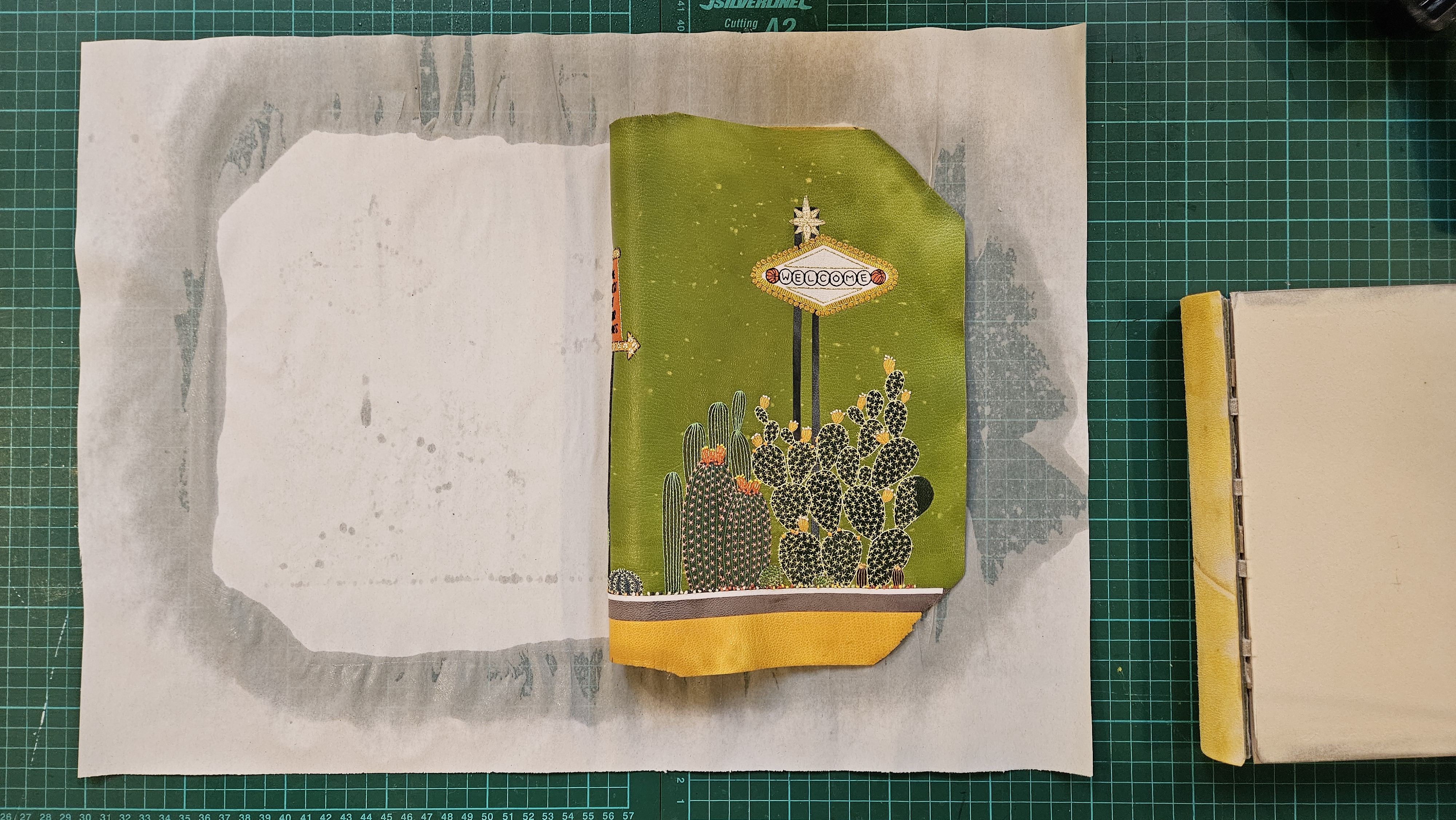 Inside the process of creating the one-of-a-kind book edition gifted to the Booker Prize shortlisted authors
Inside the process of creating the one-of-a-kind book edition gifted to the Booker Prize shortlisted authorsFor over 30 years each work on the Booker Prize shortlist are assigned an artisan bookbinder to produce a one-off edition for the author. We meet one of the artists behind this year’s creations
-
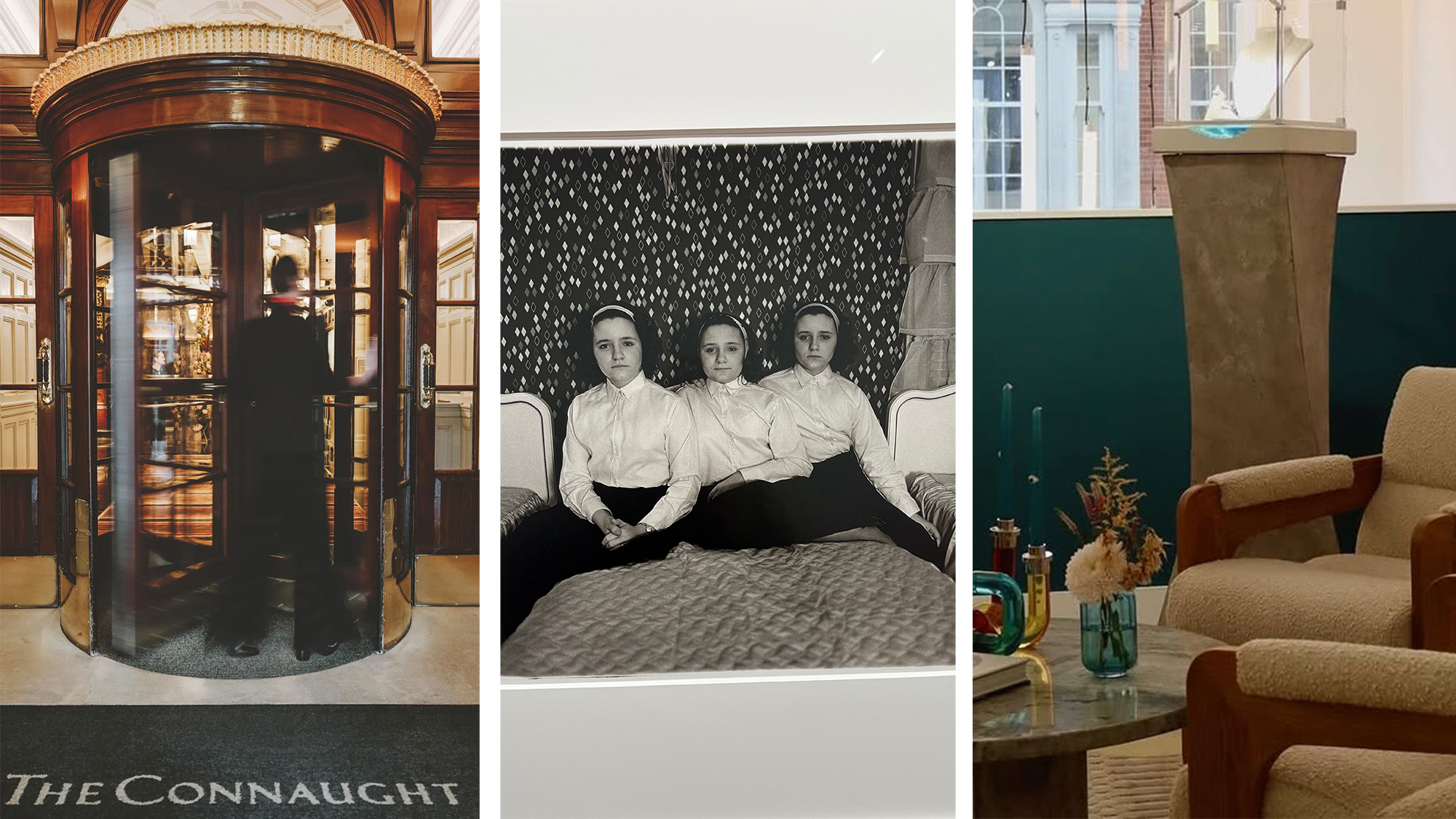 Out of office: The Wallpaper* editors’ picks of the week
Out of office: The Wallpaper* editors’ picks of the weekThis week, the Wallpaper* editors curated a diverse mix of experiences, from meeting diamond entrepreneurs and exploring perfume exhibitions to indulging in the the spectacle of a Middle Eastern Christmas
-
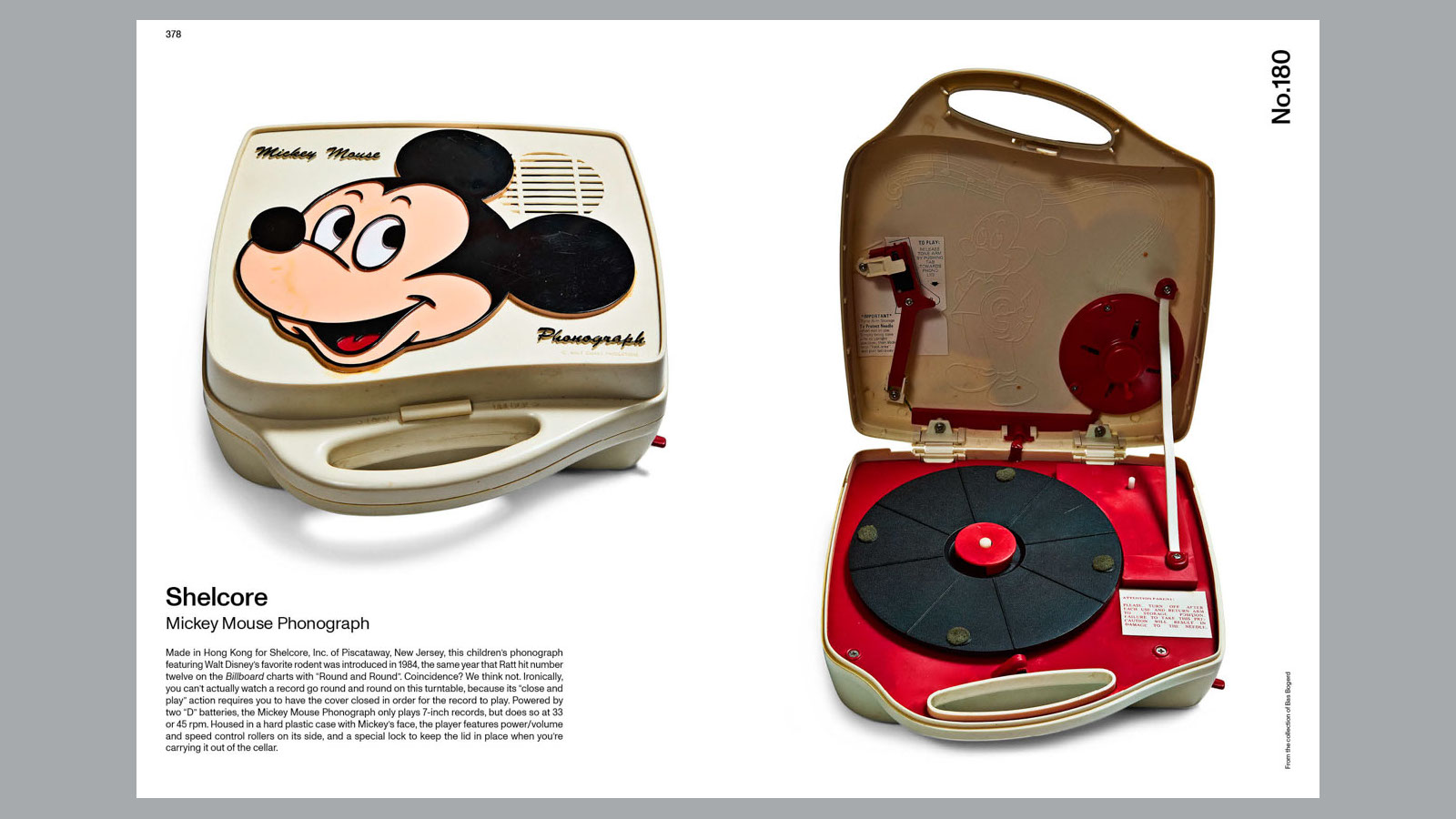 14 of the best new books for music buffs
14 of the best new books for music buffsFrom music-making tech to NME cover stars, portable turntables and the story behind industry legends – new books about the culture and craft of recorded sound
-
 Jamel Shabazz’s photographs are a love letter to Prospect Park
Jamel Shabazz’s photographs are a love letter to Prospect ParkIn a new book, ‘Prospect Park: Photographs of a Brooklyn Oasis, 1980 to 2025’, Jamel Shabazz discovers a warmer side of human nature